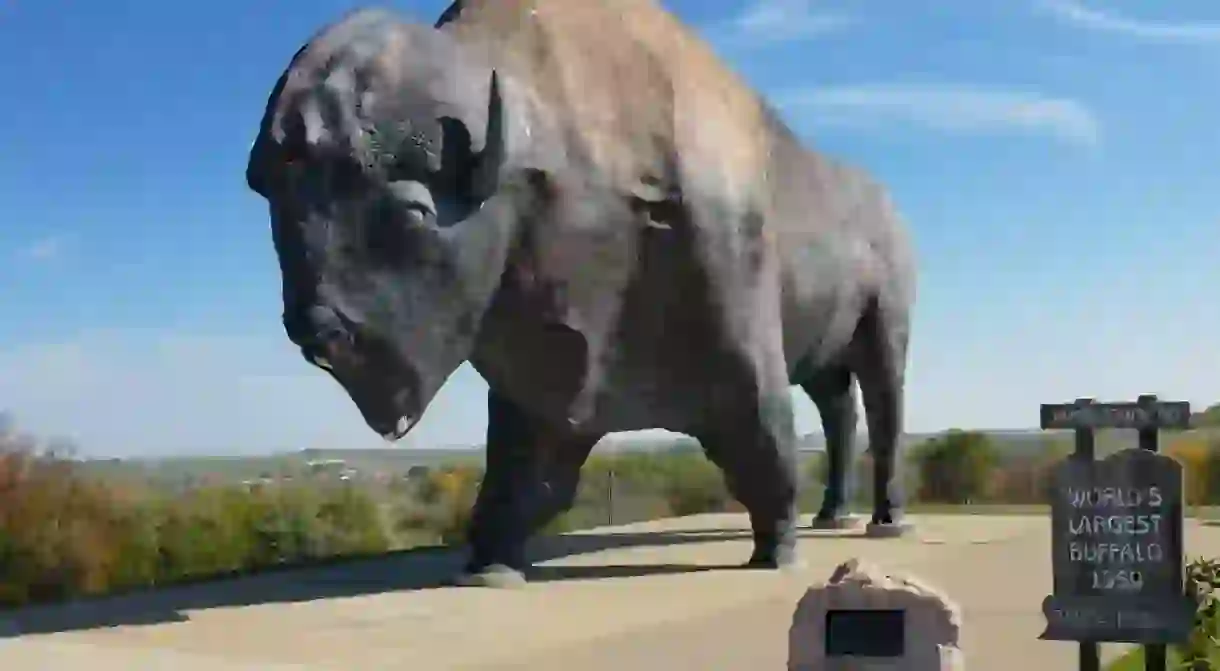The 10 Most Beautiful Towns in North Dakota

Reportedly the USA’s least-visited state, North Dakota is experiencing a renaissance of late thanks to a recent oil boom. Sandwiched between the roaming bison of western North Dakota’s Theodore Roosevelt National Park and the state’s biggest city, Fargo, in the east are a whole host of beautiful towns waiting to be discovered – we round up ten of the best.
Medora
Natural Feature

Located within Theodore Roosevelt National Park, Medora is a tiny town of around 150 residents, but what it lacks in population it certainly doesn’t lack in things to do. A walk around town reveals historic sites like Chateau de Mores – the summer home of the town’s founder – and Chimney Park Picnic Area, the former site Medora’s 19th century meat-packing plant. For a unique dining experience, visit Medora’s Pitchfork Steak Fondue where chefs cook steaks western-style atop the scenic Tjaden Terrace bluff. After dinner,explore the Burning Hills Amphitheater – a 2,900-seat open-air theater overlooking the Little Missouri River Valley that, since 1965, has hosted Medora Musical, a western-style musical tribute to Theodore Roosevelt and the time he spent in the area.
Valley City
Bridge, Park, University
Walhalla
Building
Jamestown

Garrison
Bottineau
Park
Fort Ransom
Hillsboro
Hotel













